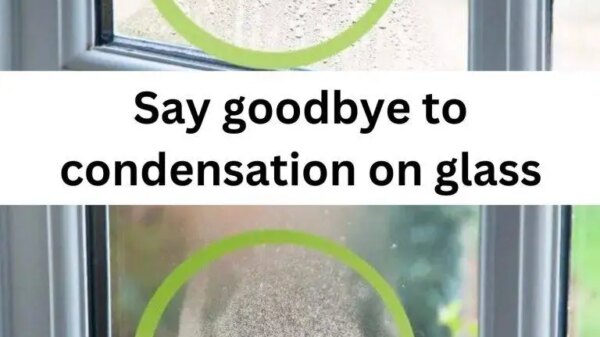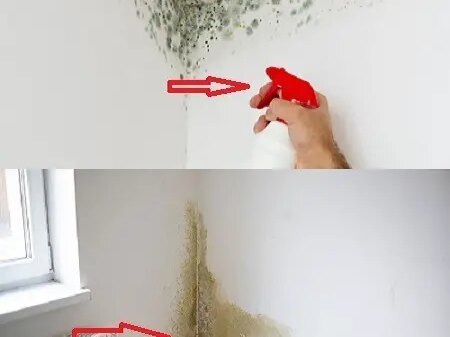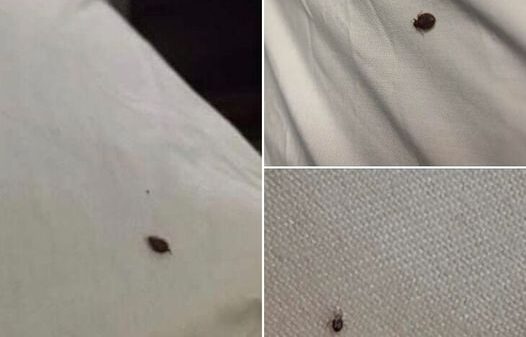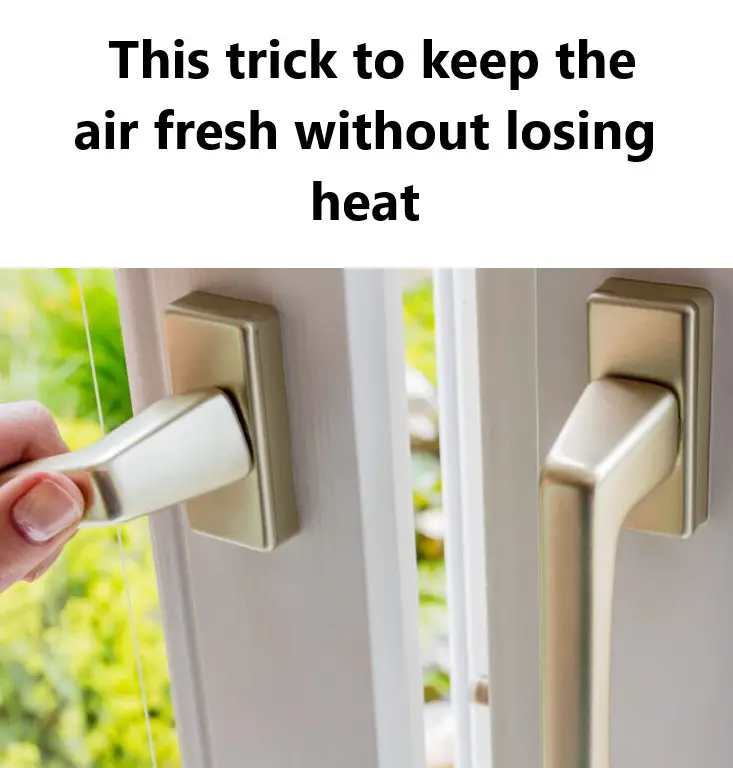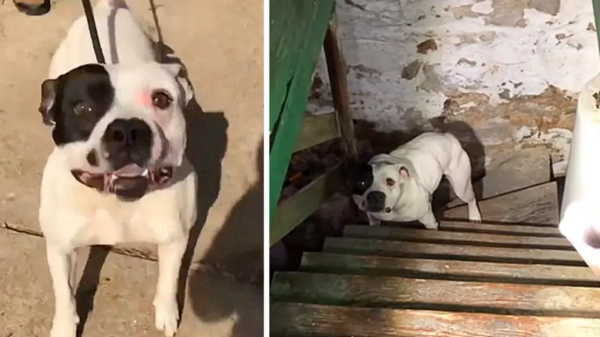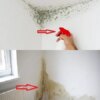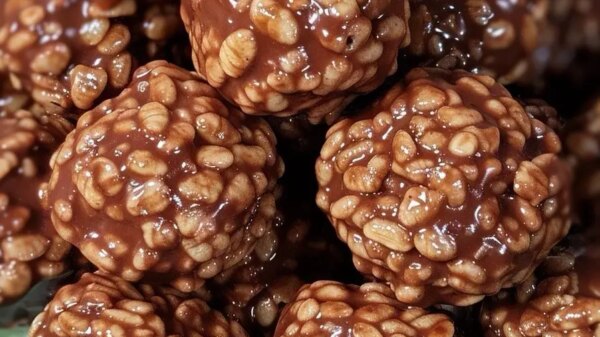Sharing is caring!
Proper ventilation is essential for maintaining indoor air quality, especially during the cold months when homes are sealed to conserve heat. However, balancing the need for fresh air with the desire to minimize heat loss can be challenging. Implementing effective ventilation strategies can help ensure a healthy living environment without significantly impacting your heating efficiency.
The Importance of Ventilation in Winter
During winter, indoor air can become stale and accumulate pollutants such as carbon dioxide (CO₂), volatile organic compounds (VOCs), and moisture. Elevated CO₂ levels can lead to health issues like headaches, respiratory problems, and fatigue. High humidity levels can promote mold growth and increase dust mite populations, exacerbating allergies and respiratory conditions. Therefore, maintaining adequate ventilation is crucial for health and comfort.
Effective Ventilation Strategies
- Implement the Lüften TechniqueThe German practice of “Lüften,” or “shock ventilation,” involves opening windows wide for a short period to rapidly exchange indoor air with fresh outdoor air. This method effectively reduces indoor pollutants and moisture without causing significant heat loss. It’s recommended to perform Lüften several times a day, especially after activities that generate moisture, such as cooking or showering. thespruce.com
- Utilize Mechanical Ventilation with Heat Recovery (MVHR) SystemsMVHR systems are designed to extract stale air from indoor spaces while simultaneously bringing in fresh outdoor air. These systems use heat exchangers to transfer heat from the outgoing warm air to the incoming cold air, thereby minimizing heat loss. While MVHR systems require an initial investment, they are highly effective in maintaining indoor air quality and energy efficiency. ventilation-alnor.co.uk
- Use Exhaust Fans AppropriatelyEnsure that kitchen range hoods and bathroom exhaust fans are functioning correctly and are vented to the outside. These fans help remove moisture and pollutants directly from their source, preventing them from dispersing throughout the home. Use them during and after activities that produce moisture or odors to maintain optimal air quality. skagithabitat.com
- Maintain Indoor Humidity LevelsKeeping indoor humidity between 30% and 50% helps prevent mold growth and dust mite proliferation. Use dehumidifiers if necessary, and avoid drying clothes indoors, as this can increase humidity levels. Regularly check for condensation on windows and wipe it away to prevent moisture-related issues. theguardian.com
- Seal Drafts and Insulate ProperlyIdentify and seal drafts around windows, doors, and other openings to prevent unwanted cold air infiltration. Proper insulation helps maintain indoor temperatures and allows for controlled ventilation without significant heat loss. Consider using weatherstripping, caulking, or foam gaskets to seal gaps and improve energy efficiency. nypost.com
Monitoring Indoor Air Quality
Investing in an indoor air quality monitor can help you keep track of CO₂ levels, humidity, and other pollutants. This allows you to adjust your ventilation practices as needed to maintain a healthy indoor environment. Regular monitoring ensures that your home remains a safe and comfortable place during the winter months.
Conclusion
Balancing ventilation and heat retention during cold weather is essential for maintaining good indoor air quality and overall health. By implementing strategies such as shock ventilation, using mechanical systems like MVHR, and ensuring proper use of exhaust fans, you can achieve effective air exchange with minimal heat loss. Regular monitoring and maintenance of your home’s ventilation systems will contribute to a healthier and more comfortable living environment throughout the winter season.
Sharing is caring!
![]()

